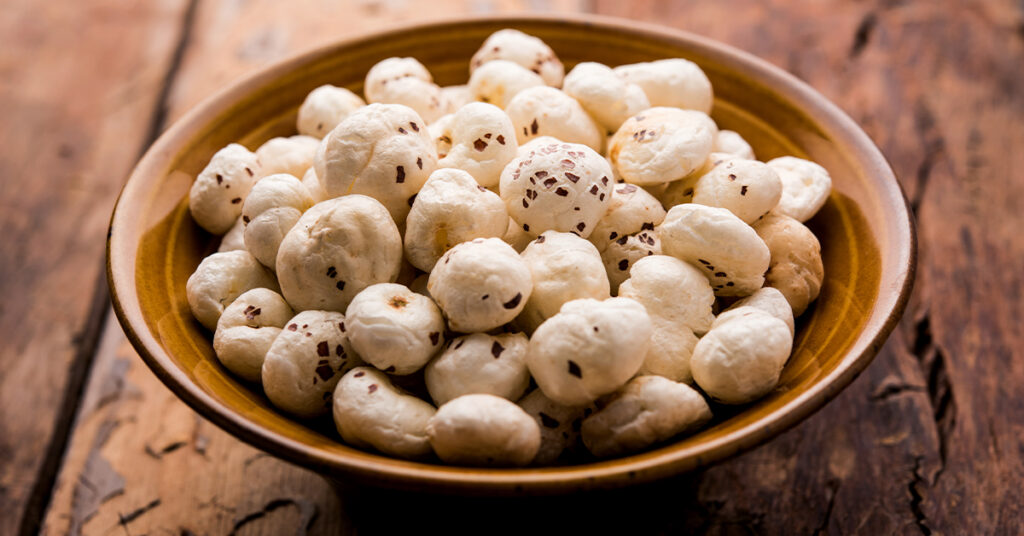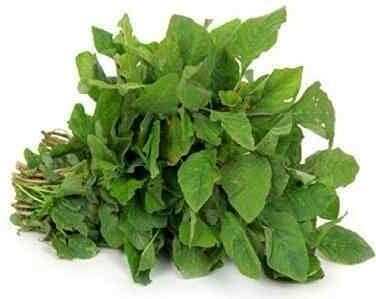Turmeric (Curcuma longa) is a plant used as a food color, flavoring agent and as a medicinal agent. It is 60 to 90cm. A garlic herb that grows tall. Its leaves are clustered. A yellow tuber is a long root that branches our from the sprout in the stem and goes into the soil. Cracking a finger on a well-dried turmeric produces a metallic sound. It is the oldest spice in India.
It is used as a sacred object in tamil rituals. Turmeric contains a chemical called curcumin, which gives turmeric its color and is the substance that gives turmeric its various benefits.
Historic Background
While the use of this spice dates back 4000 years to the Vedic culture in india, we do know that the Vedic people used Turmeric and products derived from it as far as 4000 years back and slowly spread through other regions with marco polo describing turmeric’s properties as very similar to those of saffron.
Etymology
Today, turmeric is widely cultivated in the tropics and goes by different names in different cultures and countries. In North India, turmeric is commonly called “haldi” a word derived from the Sanskrit word “haridra”, and in the south it is called “manjal”, a word that is frequently used in ancient Tamil literature.
It is known as terre merite in French and simply as “yellow root” in many languages. In many cultures, its name is based on the latin word curcuma. In Sanskrit, turmeric has at least 53 different names.
Cultivation
Turmeric itself is a plant belonging to the ginger family, which is native to tropical south asia. As many as 133 species of curcuma have been identified worldwide. The turmeric plant needs temperatures between 20°C and 30°C and a considerable amount of annual rainfall to thrive. India produces nearly all of the world’s turmeric crop and consumes 80% of it. With its inherent qualities and high content of the important bioactive compound curcumin, Indian turmeric is considered to be the best in the world.
Common uses Turmeric has been put to use as a foodstuff, cosmetic, and medicine. It is widely used as a spice in South Asian and Middle Eastern cooking. The spice lends curry its distinctive yellow colour and flavour. It is used as a colouring agent in cheese, butter, and other foods.
Health Properties
some cultures give herbs and spices almost magical powers and turmeric is no exception. This cure-all spice, is well known for various health benefits from reducing inflammation, helping alleviate and cure asthma, bronchial hyperactivity to different respiratory allergies, indigestion, bloating, stomach aches and various eating disorders.
Consuming turmeric on a regular basis can help purify the blood, dissolve clots and thin the blood, which promotes better blood flow and increased absorption of oxygen. This helps raise your energy levels, increase sleep quality and lowers heart disease risk. On top of this, the antioxidants found in turmeric, not only help slow the aging process, but have been proven to help people suffering from alzheimer’s disease.
Interesting facts
While turmeric can help with many different ailments, it is not magic but consistency is key for the effects to take place.Turmeric paste is applied to the skin of the bride and groom before marriage in India, where it is believed to make the skin glow and keep harmful bacteria away from the body.No wonder several multinational companies are involved in making face creams based on turmeric.Erode, a city in the south Indian state of Tamil Nadu, is the world’s largest producer and the most important trading centre for turmeric. It is also known as “yellow city”, “turmeric city” or “textile city”. Recently the plant has been praised for its ability to prevent multiple types of cancer (Skin cancer, breast cancer, oral cancer and stomach cancer), as well as slowing the aging process.If used in combination with other herbal remedies, it can be as effective and often times more so then high-end medication and all at a fraction of the cost.
Health Benefits of turmeric
Turmeric originates from India, Southeast Asia, and Indonesia. Turmeric has been used in India to maintain oral hygiene. Turmeric is one of the most well-known therapeutic herbs, with a wide scope of pharmacological exercises, for example, cancer prevention agent, hostile to protozoal, antibody venom exercises, against microbial, hostile to malarial, mitigating, hostile to proliferative, against angiogenic, hostile to tumor, and hostile to maturing properties.
It has likewise been utilized to treat ulcers, parasitic contaminations, different skin infections, against resistant illnesses, and restoring the manifestations of colds and flus. Curcuminoids are generally utilized as shading operator just as nourishment added substances. Curcuminoids are the principle part of turmeric and have a scope of pharmacological exercises. The medicinal activity of turmeric in various food preparations as well as in medicine. Various medicinal uses like body ache, skin disease, stomach disorder, ulcers, dental disease, fever, stress and tension, and many more as shown.
Turmeric has been considered for several health-benefiting properties, such as anti-diabetic, antioxidants, anti-inflammatory, anticarcinogenic, antiviral, hypolipidemic, and anti-infectious effects. Curcumin is a powerful scavenger of reactive oxygen and nitrogen species such as hydroxyl radicals and nitrogen dioxide radicals.
Powerful Medicinal Properties
Turmeric is the most comprehensive and powerful herbal ingredient in Ayurvedic treatments and traditional remedies. The active ingredient has been found to be curcumin. It has powerful anti-inflammatory effects and is a very strong antioxidant.
Reduces Arthritis Pain
Turmeric has strong anti-inflammatory properties that help ease inflammation and swelling in people with arthritis. Studies have found that the active compound in turmeric, curcumin is effective in reducing pain in patients with osteoarthritis.
Prevents Cancer
Contains antioxidant and anti-inflammatory properties, contributing to cancer prevention. Curcumin is anti-viral, anti-fungal and can help protect against cancer. The National cancer institute has recognized curcumin as an effective anti-carcinogenic, or substance that helps prevent cancer.
Boosts the immune system
According to the study published in the journal PLOS ONE (public Library of Science) curcumin in turmeric is known to have anti-inflammatory properties that helps boost immunity. The best way to reap the benefits is to mix turmeric with black pepper to increase the body’s absorption greatly.
Lowers Cholesterol
Turmeric is effective in lowering LDL (bad cholesterol) & helps reduce your risk of developing heart disease and stroke. Studies have found that a low dose of curcumin reduces LDL and total Cholesterol levels.
Liver Health
Turmeric and its active organic compounds improves liver function and reduces toxicity level in the body. The antioxidant effect of turmeric is an ideal solution for liver ailments.
Curcumin helps with the pain occurring in PMS and alleviates mood changes and depression with its anti-inflammatory property.



